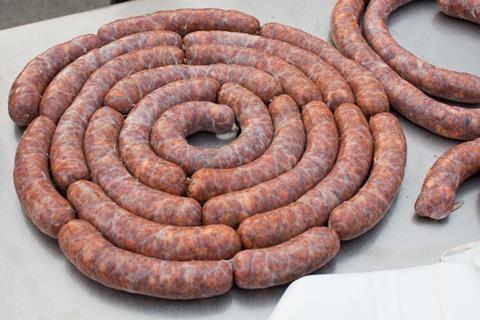Research conducted by the University of Guelph, Canada, has found mislabelling and cross-species contamination of meat ingredients in 20% of sausage samples selected from grocery stores across the country.

The first-ever Canadian study examining sausage mislabelling was funded by the Canadian Food Inspection Agency and involved sausage packages labelled as containing only one type of meat.
Researchers used DNA barcoding, along with digital PCR technology, to determine which meats were in the sausage samples and found that the majority of the mislabelling occurred with sausage meat that was substituted with another type of meat.
According to the research, out of 27 beef sausage packages tested, seven sample also contained pork, while among 20 chicken sausage packages, four also contained turkey and one contained beef.Of the 38 pork sausage packages tested, two contained beef and one contained horsemeat, the study found.
For beef, pork, chicken and turkey sausages, products were considered ‘contaminated’ when more than 1% of another meat was detected, ruling out trace amounts that might have resulted from incomplete cleaning of processing equipment.
Developed at University of Guelph, DNA barcoding allows scientists to identify species of organisms using a short standardised region of their DNA, while digital PCR technology can be used to quantify the DNA of a particular target species.
Tests using this technology were developed for beef, pork, chicken and turkey, which allowed the researchers to assess the proportions of these meats in the sausage samples.
Another PCR test was used to detect horsemeat, although it only indicated its presence and not the quantity.
Professor Robert Hanner, who worked on the study with a team of researchers, commented: “This study now provides us with a baseline that we can use when working with meat processors to help ensure we have a high quality and transparent food supply.”
This story was originally published on a previous version of the Meat Management website and so there may be some missing images and formatting issues.












